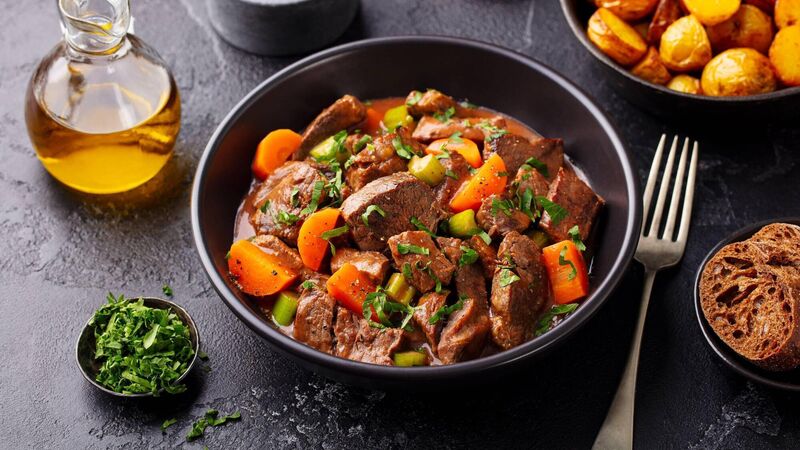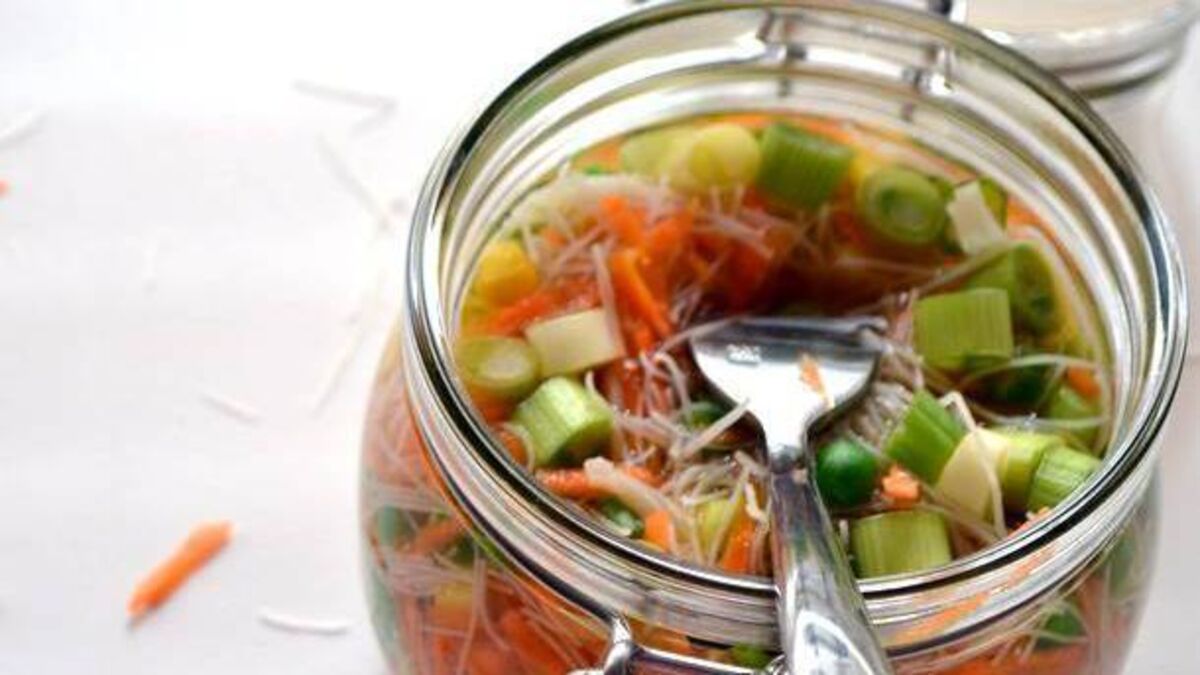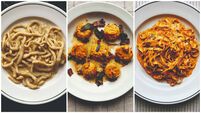Caitríona Redmond: Why I buy directly from a farmer plus my recipe for slow cooker stew

You can use the cheapest cut of beef you can buy at the butchers for this slow cooker stew recipe
There was news recently that inflation in the cost of grocery items had eased. Technically this means that the rate increase has slowed but that costs are still increasing. Even though the price of food is still heading upwards we all naturally feel a little more optimistic from this chink of light.
In the past couple of weeks, several supermarkets reduced the cost of staple shopping basket items like milk and butter. Interestingly, the first significant discounts of several months have been for dairy products and it appears they are loss leaders for the grocery giants. The cost of the reduction will not be borne by food producers yet.
When I think of shopping for my family my first inclination is to go to the supermarket, I know I’m not the only one. Our mindset needs to change so that we can stay on budget while supporting local producers and retailers. Shopping big isn’t always the answer.
Price reductions aside, I find that supermarkets are not always the best value for money. They have a place, but for fresh produce, there are several other ways of shopping that may fill your shelves.
We were all used to getting food deliveries during Covid lockdowns. That was when I signed up to a weekly fruit and vegetable box from a local farm. The box was heaped full of what was in season with a welcome half dozen free-range organic eggs nestled in one corner. As the box is seasonal and produced locally the journey it takes to my kitchen was a matter of a few kilometres.
All of the money I spend on the box goes directly to the farmer and the value for the producer is much higher than what they receive from a supermarket. I find that I have to think creatively to use up the box contents, and that my food waste each week is less as a result.
Buying directly from the farmer or at a farmers' market is a great route to saving money on fresh produce. Fruits or vegetables that aren’t pretty enough to meet the high appearance standards of supermarkets are always available to buy, and often at a discount. As the journey from farm to plate is shorter the produce is fresher and will last longer. Once again, a win for my purse.
There are always special offers on fresh poultry, meat, and seafood to be found in the main retailers. What if you looked a little further afield? I’m lucky enough to live close to a harbour, so while I could go to the supermarket and buy a vacuum pack of fish, I can also nip down to the harbour and buy freshly caught seafood for the same price. It’s a no-brainer once you know how to prepare and store it. Even if you’re not an expert at preparing seafood a decent fishmonger will be more than happy to help you out.
Local butchers are champions of finding cuts of meat that lend themselves well to leftovers, slow cookers, and living on a budget. Tell your butcher how many people you are cooking for and your preferred method; they will suggest a cut that will fit the bill. Need to get a little bit of meat just for one person? Ask your butcher and they will sell you as little as one rasher and one sausage – quantities that are difficult to buy from big box retailers.
Shopping and supporting farmers and producers in your locality is ultimately one of the most sustainable ways to feed a family. Prioritising the convenience of a larger supermarket is not always the cheapest option either. As more tender Irish fruits and vegetables become more widely available in the weeks ahead (such as tomatoes) why not try changing your shopping habits on a trial basis?
You want to get the best out of the food you have in storage and make sure it lasts as long as possible. Typically the jars, boxes, and packets that you buy at the supermarket are not designed for longevity. In fact, I’d go as far as to say that they are designed to make sure that you run out of items pretty quickly.
Buying enough new storage is an expensive option – although if you can afford to stock up on plastic cereal boxes with pouring tops, kilner-style jars, and plastic lunch boxes with firm sealing lids then, by all means, do so. It will stand to you in the next number of years as you manage your store cupboards and food consumption.
- Bag clips: Sold in packets of twenty in an assortment of sizes. These are great for keeping packets clean and sealed, are extremely cheap, and are easy to pick up.
- Takeaway boxes: While it might not be very often that you get a takeaway, when you do, hold onto the plastic boxes that come with sauced meals. Give them a good scrub in soapy water before drying. They are perfect for holding two portions of dinner in the freezer or for prepared fruit and vegetables.
- Resealable butter and ice cream boxes: As above, give them a wash in soapy water. Invest in a black permanent marker to write up the contents of the boxes as they typically aren’t see-through so it makes it harder to figure out what you have packaged away without opening them!
- Milk cartons/plastic jugs: These are great for holding onto dried goods in bags, once you cut the tops off and clean the insides out well.
- Used jam jars and resealable bottles: I put the word around that I like to take these. Every now and again a family member or neighbour drops me in a few and I pay them with a filled jar in return. Jars with lids hold sauces, jams, rice, pasta, spices, etc. There is no point in paying for them if you can get jars for free. A couple of Euro will pick up over 20 jar tops for jam/preserve making that includes wax paper, pre-cut plastic toppers, and elastic bands.
- Biscuit or sweet tins that you get gifted at Christmas: These are a good way of holding a number of jars at once and are stackable. If you don’t get a gift of these tins ask around to see if people are throwing any out. They’re also great for holding jigsaws, Lego blocks, and other small toys in the living area.
Homemade Pot Noodle
What if there was a healthier alternative to a pot noodle that was quicker to make than walking to the shop and back?

Servings
1Preparation Time
5 minsCooking Time
1 minsTotal Time
6 minsCourse
MainCuisine
AsianIngredients
2 spring onions
1 peeled, topped and tailed carrot)
1 teaspoon ginger & garlic paste
1 teaspoon dark soy sauce
Cupful vermicelli rice noodles
Handful frozen sweetcorn
Handful frozen peas
Boiling water
Method
Boil a kettle of water. Peel and chop the spring onions. Grate the carrot into a chunky shred.
Put the ginger and garlic paste into a large jar, followed by the soy sauce, noodles, peas, sweetcorn and grated carrot. Once the kettle has boiled pour over with hot water up to 3/4 level. Stir well.
Loosely cover the jar using the lid for 30 seconds. If you wanted to add protein you could add in shredded omelette, leftover roast chicken, ham, fresh beans etc at this point.
Slow Cooker Paprika Beef Stew
Take the cheapest cut of beef you can buy at the butchers. This meal is meant to be slow cooked. Don’t worry about gristle or fat, that will all break down in the cooking process.

Servings
5Preparation Time
15 minsCooking Time
5 hours 0 minsTotal Time
5 hours 15 minsCourse
MainCuisine
AsianIngredients
5 rashers of smoked streaky bacon
200g of stewing beef, cut into 10 equal pieces
1 tablespoon sunflower oil
1 white onion, roughly chopped
3 cloves of garlic, peeled and roughly chopped
3 teaspoons paprika
3 carrots, peeled and roughly chopped
1 tin of chopped tomatoes
Method
Cut the rashers in half and wrap around the beef pieces. Use a cocktail stick to secure them in place.
Heat the sunflower oil in a heavy frying pan and brown off the rashers and beef. Remove the meat once brown and place into a slow cooker. Add the onions and garlic to the frying pan and soften in the cooking oils from the meat. Once softened pour the frying pan contents into the slow cooker.
Add the paprika, carrots, and chopped tomatoes to the slow cooker and stir. Cook in high for 4-5 hours. Season to taste and serve with creamy mash or boiled rice.





